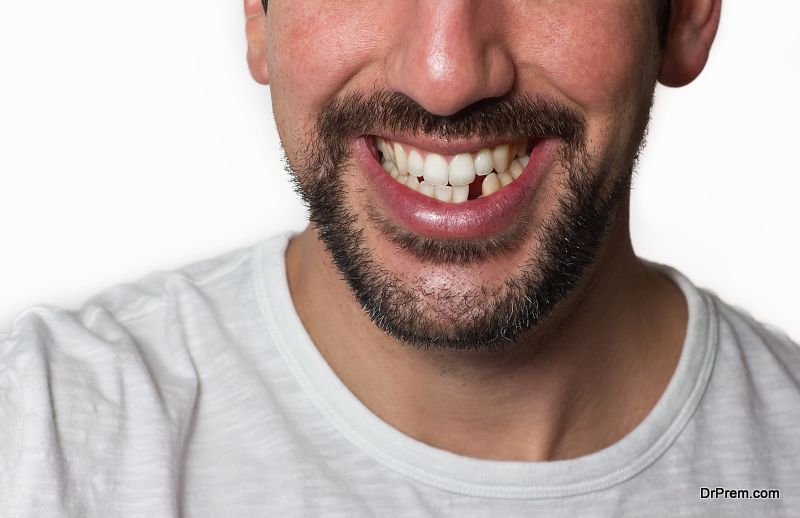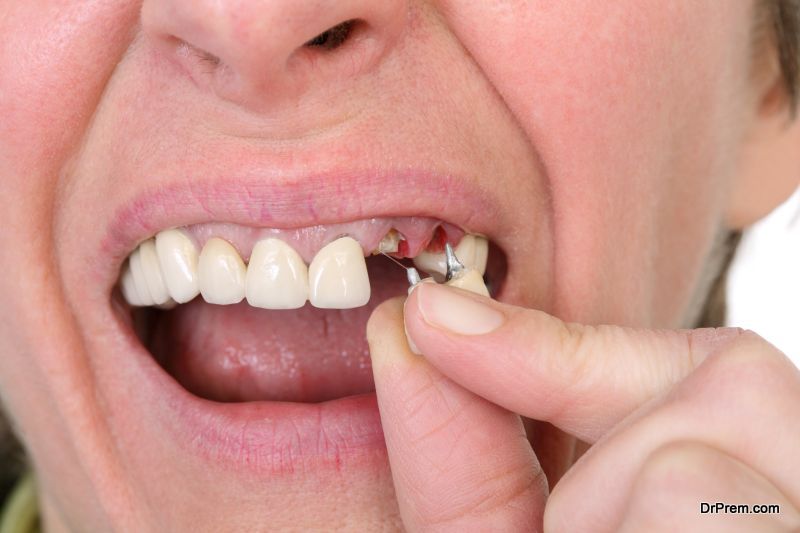The first advice would be prevention. If you or your children practice at-risk or contact sports, wear mouth guards. Your dentist Bankstown even recommends having custom-made ones that are designed to protect your teeth from the type of trauma such activities entail. If it is too late for prevention, then you must act quickly.
Once a tooth has been knocked out of its place, which specialist call an avulsed tooth, you have about 30 minutes to successfully have it put back in place. To proceed, it is important that everyone remains calm. This will help you with the first step, which is to find the tooth. Once you find it, be careful to manipulate it only by the crown. Do not touch the root. The root contains the nerves that must be preserved to successfully replant the tooth. This is why you should not touch, scrape or clean the root. If it is dirty, you can rinse it gently in milk. If possible, try to put the tooth back in its socket. This will require tact and talent. Do not force the tooth back into place and make sure it faces the right way. If you don’t think this step is for you, skip to the next one.
Keep the tooth moist by asking the person who lost it to keep it in their mouth, against the cheek, or by placing it in a container of milk. Do not put the tooth on ice as it will damage the root. Head to your dentist or to the closest dental treatment facility as they only have a short period of time to replant the tooth successfully. If the tooth is not broken, it is worth the trip. For baby teeth, do not waste your time or worry as those will not be re-inserted.
The dentist will clean the socket before putting the tooth back in. Depending on the damage the tooth sustained, a root canal might be needed. The tooth will be secured to a neighboring tooth with a small wire to keep it safely in place. Unfortunately, if the bone around the tooth was fractured or broken, it will be more difficult to save the tooth. It might take up to eight weeks for the tooth to reattach itself to the bone. It will be important to visit the dentist after six months to ensure everything is in its place. If infection occurs, seek medical attention right away.
To alleviate the pain on the way to the dentist, apply a cold compress on the outside of your mouth. Apply pressure to the socket with a gauze; this will also help control or stop the bleeding. You may need some pain killers to help you through some of the pain. If your jaw hurts and does not line up as it used to, it might be broken and require further medical attention.
Surprisingly, losing a tooth to an accident, fall, or sport-related trauma is fairly common, but you can generally save the tooth if you act promptly and follow the directions shared with you.
Article Submitted By Community Writer






